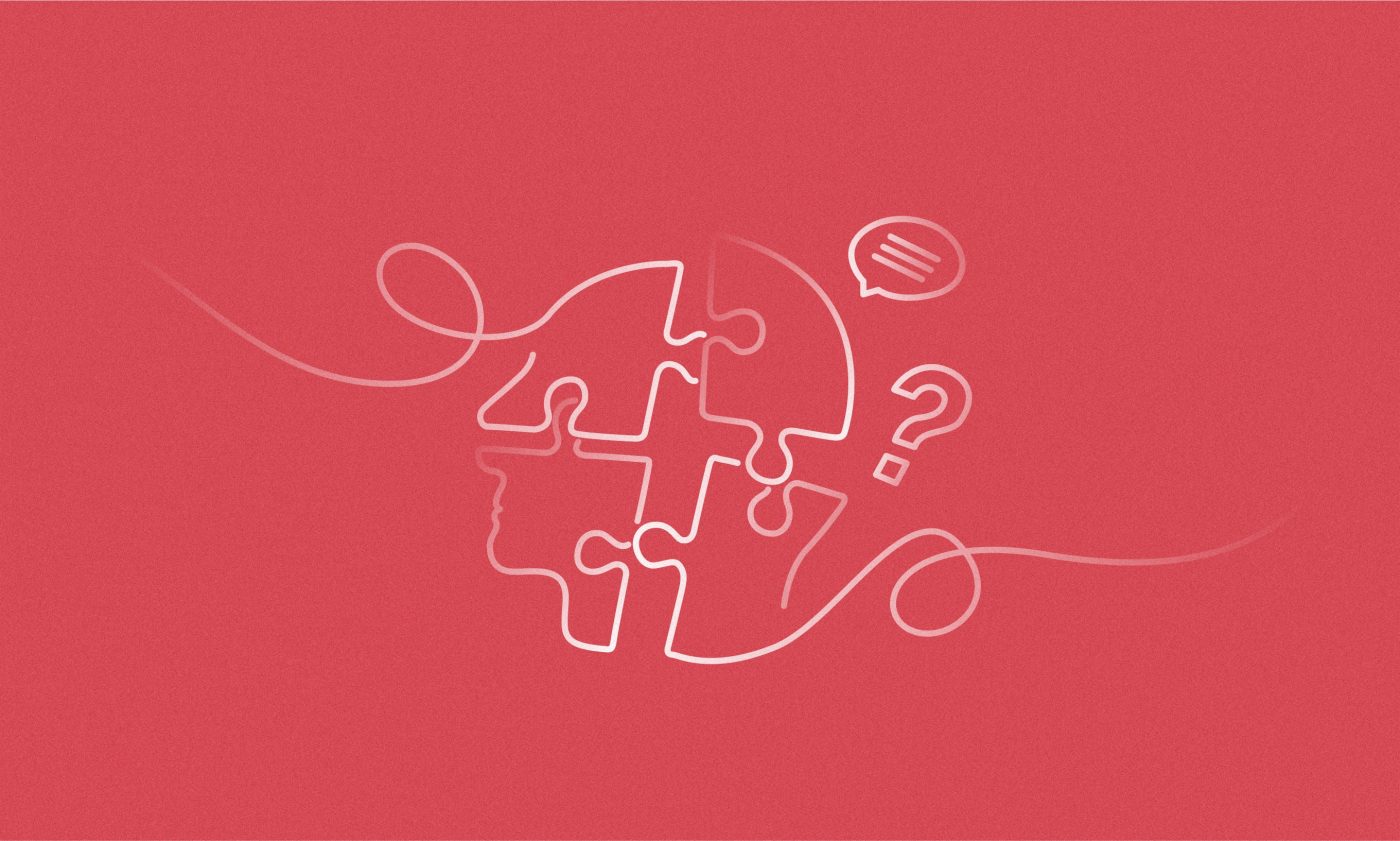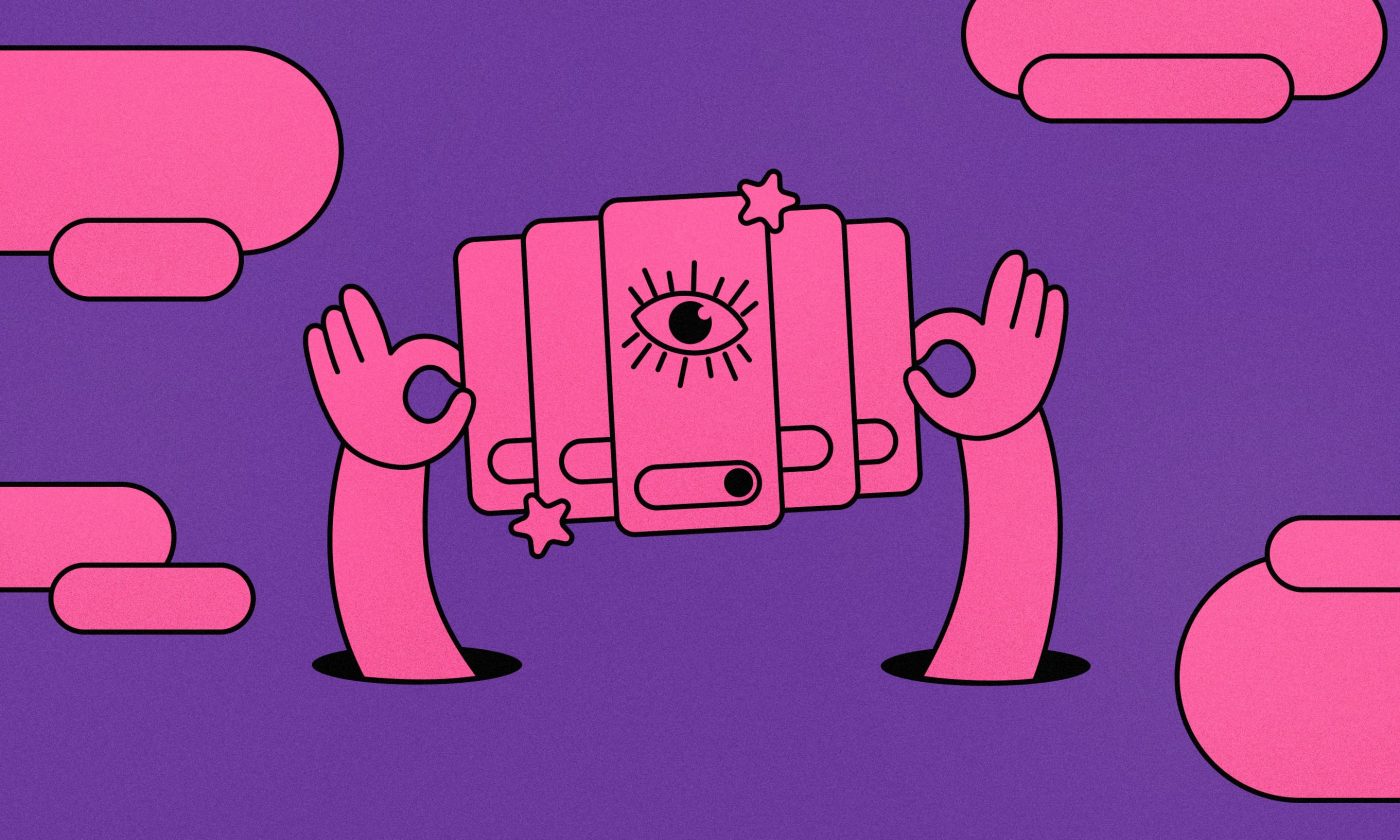When using their favorite apps, not many users think about those working behind the scenes to create them: Managers, developers, designers, and many others who transform ideas into real-life digital products.
There used to be a time when a Project Manager was all the leadership a software product required in its lifespan.
The value of communication, scheduling, accounting, and task management skills remains the bedrock of any well-led project that continues to this day.
But it takes a whole other set of skills to deliver a competitive product to this market.
From a one-man show to a whole cast
As technological advancements reached new heights and users embraced them wholeheartedly, the market expanded furiously. New competitors emerged, and remaining ahead of the game became more challenging than ever.
Users don’t ever need to settle with a mediocre experience – there’s always a new option readily available around the corner. In such an environment, there is no room for an average product.
Today, it’s common to see a cross-functional team (or even teams, plural) of experts working on software projects.
Previously, such projects only used to take a developer or two and a Project Manager.
Projects becoming products
As the focus shifted to creating competitive products, “project” started to refer to the organizational surroundings required to create that product. The product part got a life of its own, and the user all the attention his needs and experience deserve.
- A project is what defines the organizational part, the “how” something gets done. One project may require several products (or versions of the same product) to reach its completion.
- A product refers to what gets done, why one feature is more important than the other, and when it is ready to be offered to customers.
Along the new management roles emerged from the need to carry out the variety of activities and specialties now required to get the show on the road.
The agile way
Getting the product launched is just one destination reached. The real journey begins from that point onwards.
Iterative development, more commonly hidden behind the term agile, is how most successful companies choose to travel the road.
Agile is to deliver smaller pieces of software products frequently, in order to get a proposition to the market faster and get valuable user feedback sooner.
This enables product decisions to be driven by real-life data and insights and keeps the product on the path that will bring actual value.
With the agile way, the product also becomes more flexible to the changes in the market: Inspecting the current product version and adapting to the new findings in the next can provide a great deal of competitive advantage, both instantly and in the long run.
A release does not necessarily have to be big, complex, and packed with features to be valuable.
In fact, planning the product is more flexible, as it doesn’t require the business to have all the answers at the beginning, but enables the product to grow and evolve over time.
The return on each decision for investing development efforts can be effectively tracked and measured. If the desired results are not met, each new iteration represents a new opportunity to get back on track.
A smaller portion of a product requires less time and effort to create, so potential consequences and risks of failure decrease significantly.
With the Agile way, a product is allowed to attempt a lot, win sometimes, fail sometimes, but learn from each, to win even bigger next time.
What if project management isn’t enough?
Sometimes, a client will bring in the exact vision and execution plan.
A Project Manager will then assemble a skilled crew that can create the product as specified, keeping track of the production to get everything polished within the planned budget and deadlines.
Other times, the client will have a high-level brief of the product they desire but won’t necessarily know how it should be done.
In between the two cases, there’s a myriad of other possibilities. Even with a plan laid out perfectly, the product still might encounter unexpected challenges.
Translating their ideas into features of a software product may not be every client’s strong side.
A reliable vendor must be able to scale their purpose for the project; fit the needs of the departments they’ll be cooperating with; fill the roles that are missing, and be a helping hand whenever the client needs one.
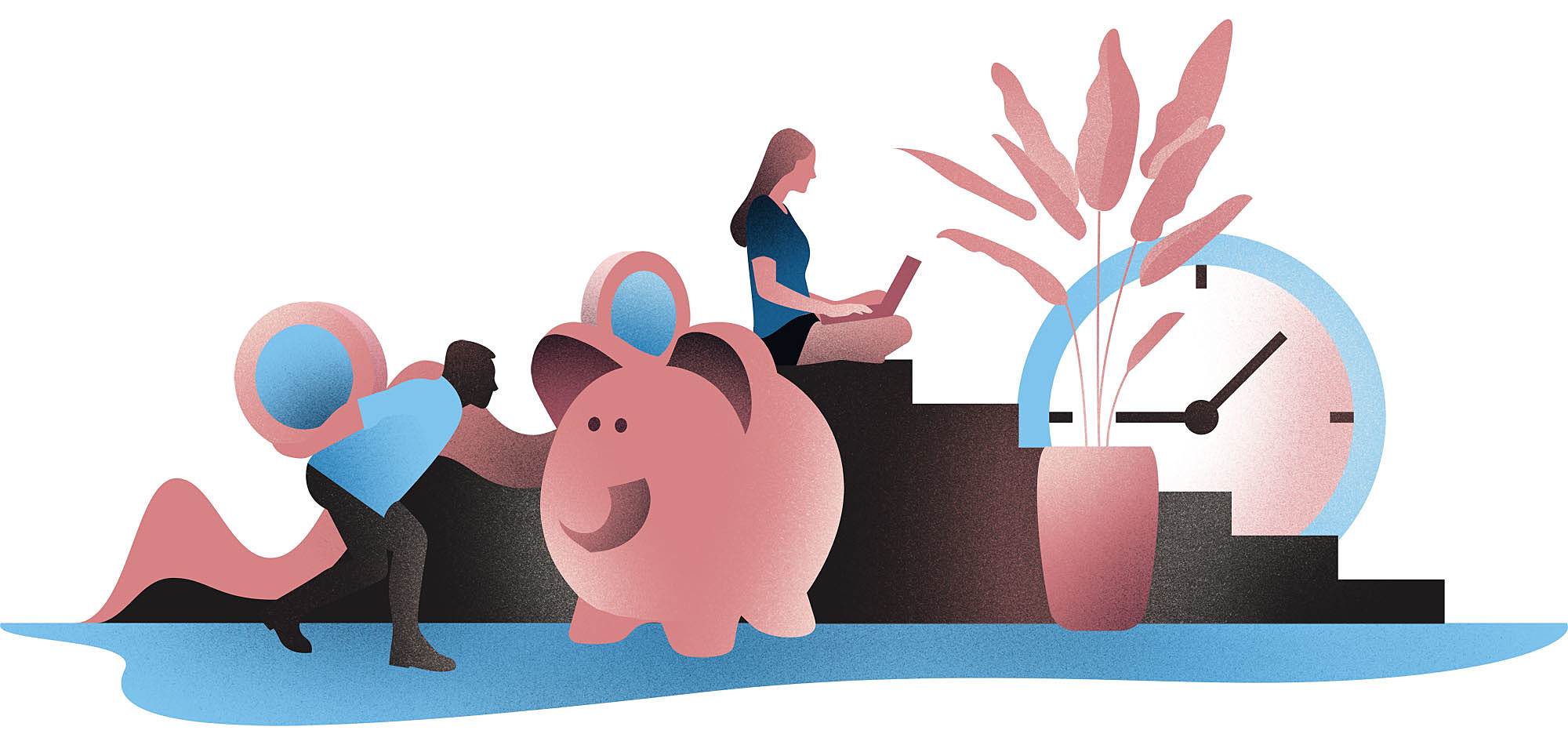
The role of a Product Owner
The Product Owner role may strike as ambiguous at first. In an agency environment, executive decision-making always remains in the client’s hands.
We do not lead your business: We navigate the team and provide technical guidance towards achieving your business goals (beers, too).
The client decides what level of involvement they prefer. Less involvement on the client side, more responsibilities our Manager needs to own.
Some clients wish to remain fully in the director’s chair, working closely with the development and design teams.
In that case, the client provides product research, vision, and roadmap in the form of planning and delivery strategy.
The client is then also responsible for defining and writing feature requirements on a daily basis, participating in creative decisions to define the look and feel of the product, prioritization, and all other preparations of the work for development.
Alternatively, the client might choose to only be involved at the high level. That’s when the Product Owner takes on all the day-to-day heavy lifting, all along keeping in constant sync with the client to ensure they’re on the shared path every step of the way.
During development, the Product Owner will also help the team prepare frequent product demonstrations for the client to review the progress and provide feedback, so nothing unexpected pops up once the final cut is ready.
Knee-deep in user journeys, features, and value streams, the Product Owner still equally takes care of the core responsibilities of project management, coordinating production, processes, financials, and administration throughout the project.
When projects and products grow in complexity, the two streams might be divided between two experts – one a Project Manager, another a Product Owner.
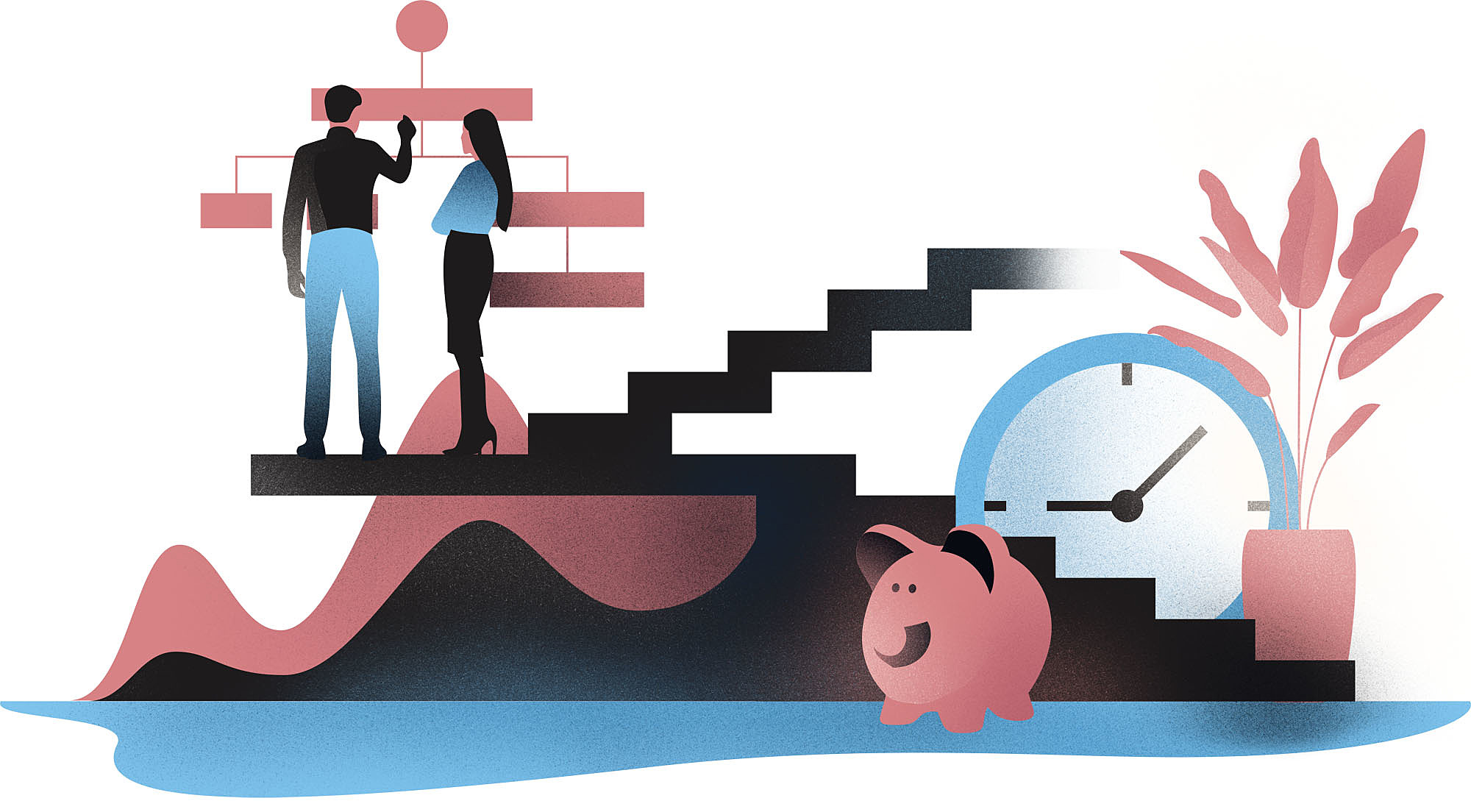
The Scrum Master
At times, you hear even a third name mentioned.
An Agile environment might require another role, not formally placed in the management but equally involved in the project, product, and the team – a Scrum Master.
This role’s main focus is supporting the managers to define a successful product, the development team to build it, good engineering practices, nurturing the culture of innovation, and striving towards continuous improvement.
Not for the purpose of imposing the need for perfection, but to create an environment where teams can learn, thrive, and advance.
As the Product Owner takes care of the product and of delivering value to its end-users, the same way the Scrum Master takes care of the team.
Good developers and a talented Product Owner don’t put 5-star reviews in your pocket. It takes the whole team, and the Scrum Master is what supports the crew in becoming that winning team.
When our and client’s developers, managers, or designers are collaborating on the product, the Scrum Master also works on bringing them together, to work as one cohesive team instead of taking any sides.
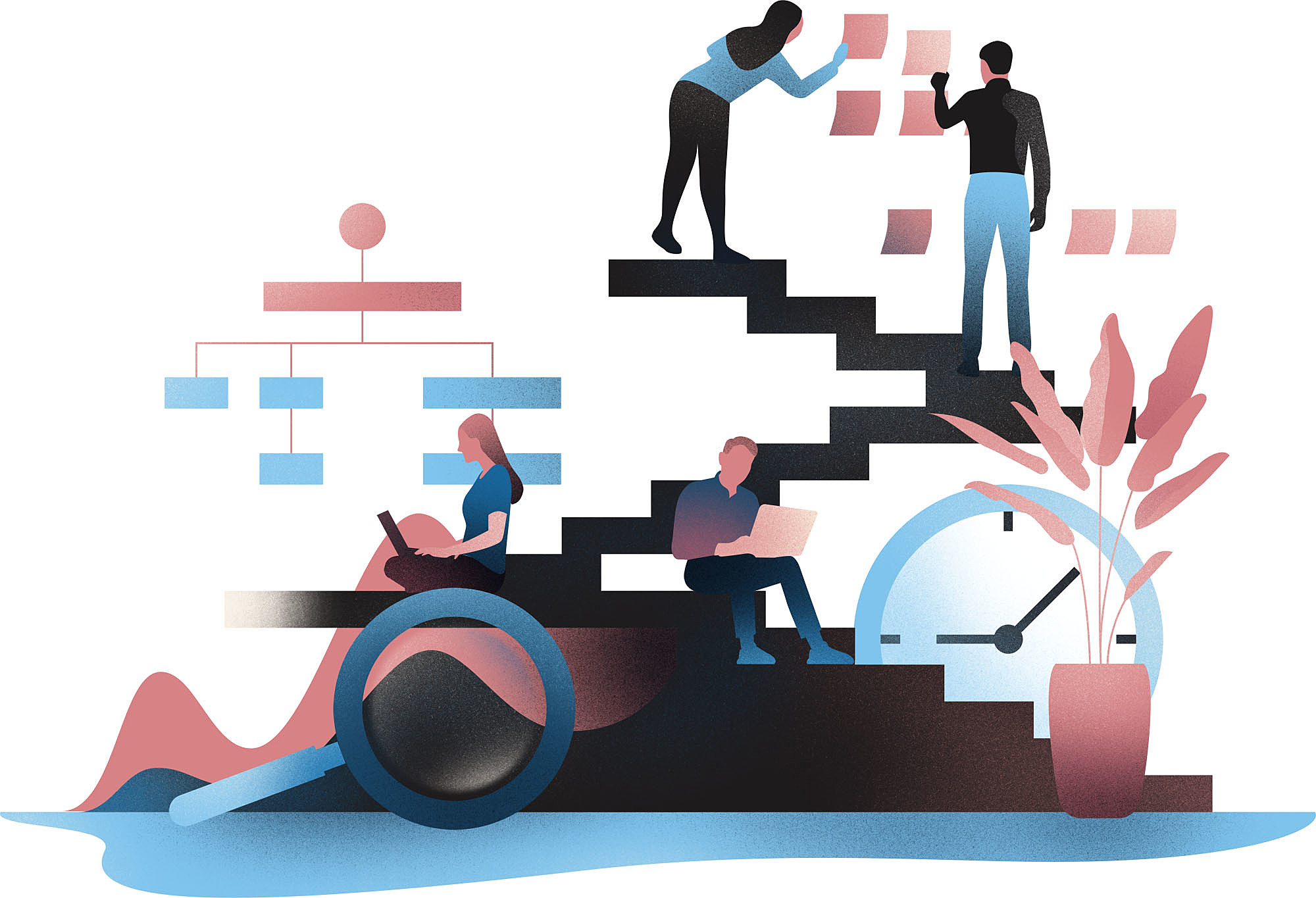
Assemble your winning team
All said and done, the management team has its work cut out for them in today’s world of creating software products.
Imagine all these responsibilities landing in just one pair of hands, with only a set of traditionally-cut project management practices.
Probably doable, but it certainly won’t get you the winning product.









